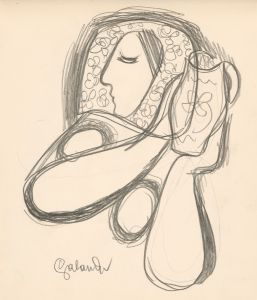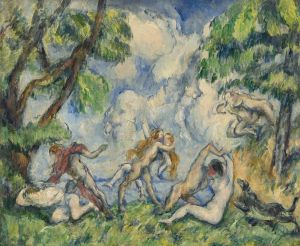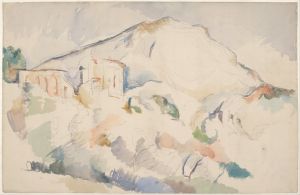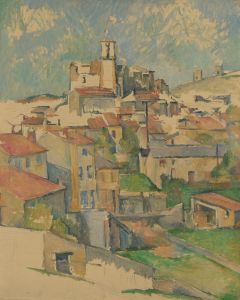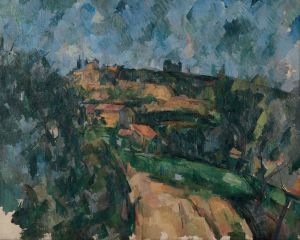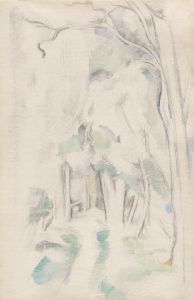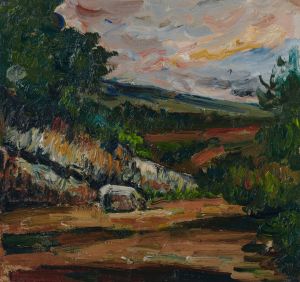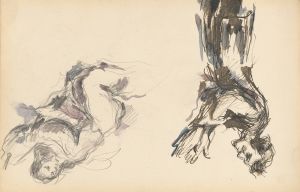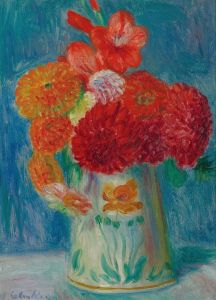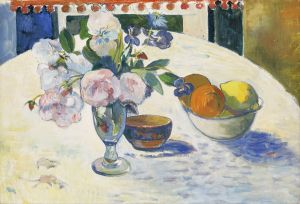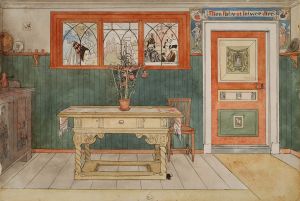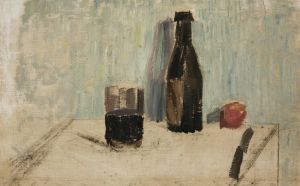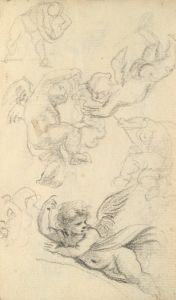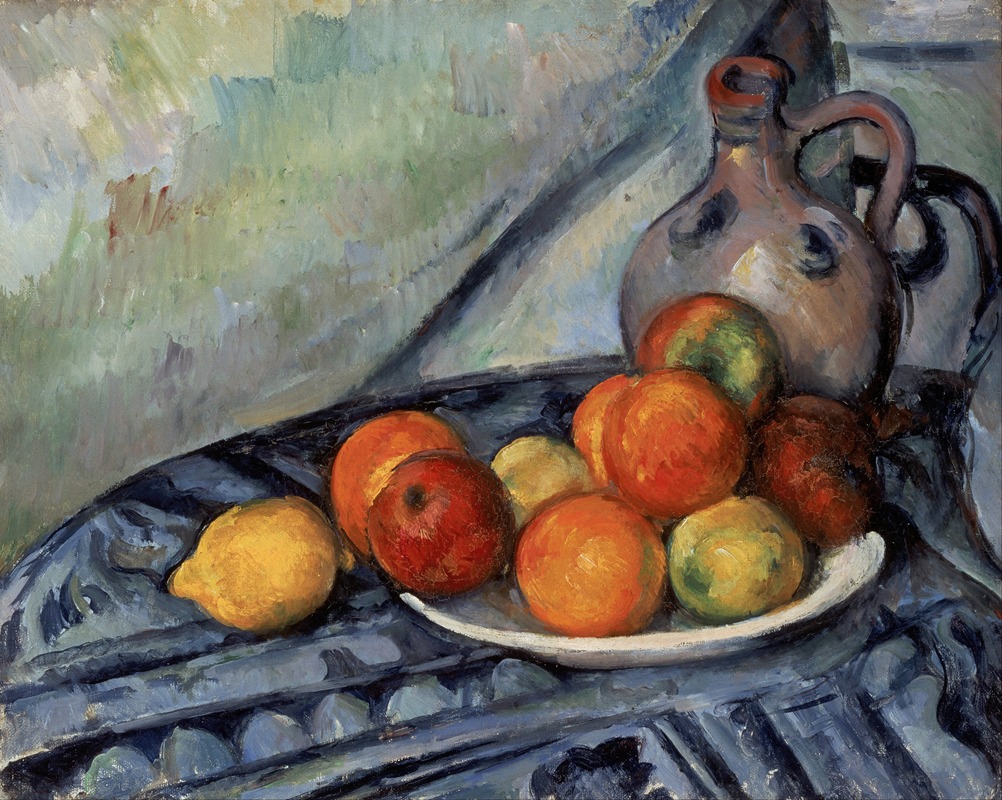
Fruit and a Jug on a Table
A hand-painted replica of Paul Cézanne’s masterpiece Fruit and a Jug on a Table, meticulously crafted by professional artists to capture the true essence of the original. Each piece is created with museum-quality canvas and rare mineral pigments, carefully painted by experienced artists with delicate brushstrokes and rich, layered colors to perfectly recreate the texture of the original artwork. Unlike machine-printed reproductions, this hand-painted version brings the painting to life, infused with the artist’s emotions and skill in every stroke. Whether for personal collection or home decoration, it instantly elevates the artistic atmosphere of any space.
Paul Cézanne's "Fruit and a Jug on a Table" is a still life painting that exemplifies the artist's innovative approach to form, color, and composition. Cézanne, a French Post-Impressionist painter, is often credited with laying the groundwork for the transition from 19th-century artistic concepts to the radically different world of 20th-century art. His work is characterized by a meticulous exploration of geometric simplification and optical phenomena.
"Fruit and a Jug on a Table" is one of many still lifes Cézanne painted throughout his career. Still life was a genre that allowed him to experiment with perspective and form, and it became a significant part of his oeuvre. In this painting, Cézanne arranges a selection of fruit and a jug on a table, using these everyday objects to explore complex visual relationships.
Cézanne's approach to still life was revolutionary. Unlike his predecessors, who often aimed for realistic depictions, Cézanne was more interested in the underlying structure of the objects. He used color and brushstroke to build form, often applying paint in small, repetitive strokes that create a sense of solidity and volume. This technique is evident in "Fruit and a Jug on a Table," where the fruit and jug are rendered with a palpable sense of weight and presence.
The composition of the painting is carefully considered. Cézanne often employed a tilted perspective, which can be seen in the way the table is depicted. This approach challenges the traditional single-point perspective and invites viewers to engage with the painting from multiple angles. The arrangement of the fruit and jug creates a dynamic interplay of shapes and colors, with each element contributing to the overall harmony of the composition.
Color plays a crucial role in Cézanne's work. In "Fruit and a Jug on a Table," he uses a limited palette to great effect, with subtle variations in hue and tone that enhance the three-dimensionality of the objects. The juxtaposition of warm and cool colors adds depth and vibrancy to the scene, while the careful modulation of light and shadow creates a sense of atmosphere.
Cézanne's still lifes, including "Fruit and a Jug on a Table," were not merely exercises in technique; they were also philosophical explorations of perception and reality. By deconstructing and reassembling the visual world, Cézanne sought to capture the essence of his subjects, transcending mere representation to reveal deeper truths about the nature of seeing.
The impact of Cézanne's work on subsequent generations of artists cannot be overstated. His exploration of form and color influenced the development of Cubism, with artists like Pablo Picasso and Georges Braque drawing inspiration from his methods. Cézanne's emphasis on the structural aspects of painting also paved the way for abstract art, making him a pivotal figure in the history of modern art.
"Fruit and a Jug on a Table" is a testament to Cézanne's enduring legacy. It reflects his commitment to pushing the boundaries of artistic expression and his profound understanding of the complexities of visual perception. Through his innovative approach, Cézanne transformed the still life genre, leaving an indelible mark on the art world that continues to resonate today.





